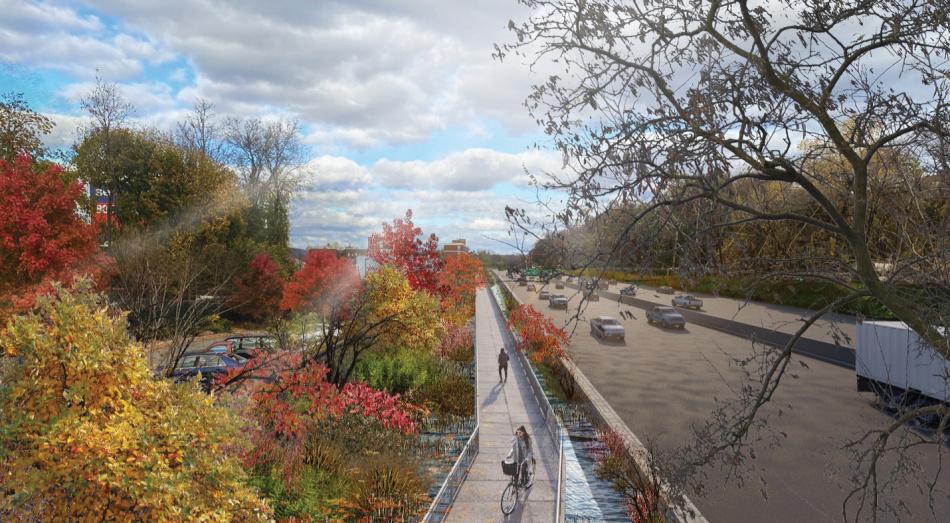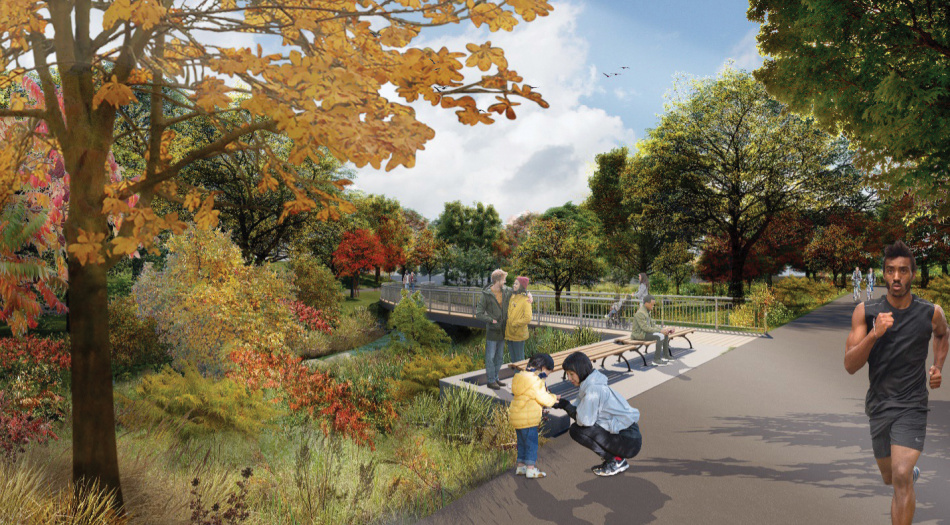More Stories from the Magazine
Table of Contents
Pieces of the Climate Resilience Puzzle: Social Connectivity, Emotional Well-being, Positivity and Hope
Due to human-driven climate change, it’s predicted that in the coming years, global temperatures will surge to record levels. This is where climate resilience comes into play. The social aspect of climate resilience has been the focus of Jess Lasoff-Santos’ research at SEAS for nearly 10 years.

Meeting the Future of Energy Access in Malawi
Most rural Malawians lack access to sustainable and affordable modern energy services and products. SEAS Professor Pam Jagger, a political economist, and Professors Charles Jumbe and Thabbie Chilongo, development economists at the Center for Agricultural Research and Development at the Lilongwe University of Agriculture and Natural Resources in Malawi, are working on several studies focused on energy access. Their collaboration produces research that is used to inform policy and program development in Malawi.

How a Warming World Could Affect Bird Development
SEAS master’s student Isaac Smith, who focuses on avian conservation, spent two months at the U-M Biological Station conducting a nest-warming experiment that he hoped would offer additional clues about how birds respond to climate change.






